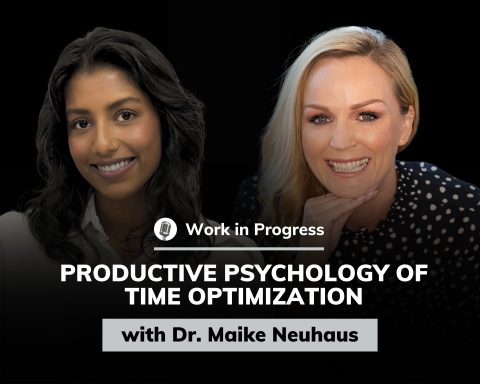Conflict is a part of normal family dynamics. However, if it becomes too severe that it starts to affect family functioning, it needs to be nipped in the bud. This episode talks about trauma, safety responses, and what can be done to not let conflict get in the way of a functional family.
Meet Ashleigh Chapman
Ashleigh Chapman is a behavioral-based therapist working with families who experience domestic and family violence. She works with the whole family system to address conflict and aggression within relationships.
Her educational background includes an undergraduate degree in Psychology, postgraduate completions in Autism Studies, Health Science, and research, a Master’s in Counselling and Psychotherapy, and have returned to study to complete her Psychology registration.
Ashleigh’s clinical career began by working with children with Autism as an Applied Behavioral Therapist. She didn’t like how limiting this was — working one-on-one only with the child and not the whole family. She then found her career in Functional Family Therapy and she is now the Team Leader at OzChild, leading a team of 5 therapists to address adolescent violence in the home.
She is a Mum to a 2-month baby girl, starting her own family unit with her fiance and two kelpies. She enjoys sports and remains pretty active outside of study and work.
About the episode
The episode started with Ashleigh defining what a family functioning is, how it affects the members of a family, and what a functional family is. The part in the episode where Ashleigh differentiates a traumatized child and a pretender will be helpful for someone to spot red flags in children’s behavior. Also, Ashleigh clarifies that a functional family doesn’t necessarily have to be 100% happy all the time. The episode also tackled challenges and what practices can be implemented to improve family functioning.
In conclusion
One of the many helpful nuggets of wisdom left us is the practice of “connect before correct”. The primary step to improving family functioning is communication. How to do that is to step in the other person’s shoes, hear their opinion, and try to understand their difficulties.
Be the first to see our next episode. Follow us on social media to stay updated:
You can also subscribe and listen to our podcasts on your preferred podcasting platforms:




